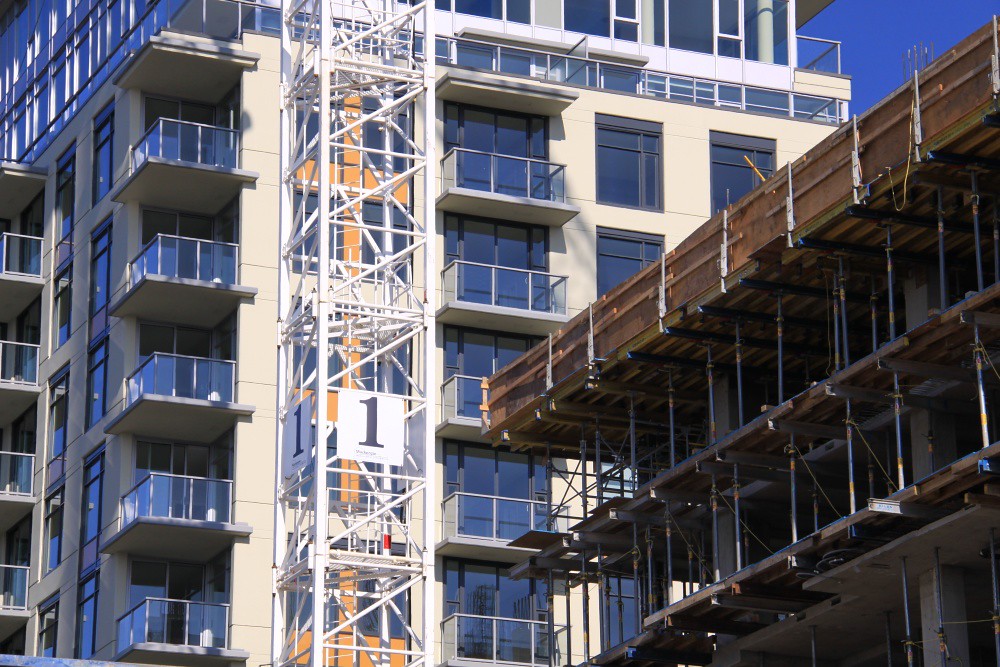A little-known governing board pulled electric vehicle-readiness out of proposed future American building codes—a move that, until it is corrected, will create an increasing penalty for apartment living as cars go electric.

On Wednesday, March 20, after a years-long process, the board of the International Codes Council (ICC) rejected recommendations from its appeals board and staff. This decision will strip from the proposed future International Energy Conservation Code (IECC) provisions that were intended to make it easier for building occupants to eliminate greenhouse gas emissions. The removed provisions included requirements for pre-wiring in new construction to make it easy to install electric vehicle (EV) chargers, as well as electric heat pumps and induction stoves.
The decision could have a negative impact on the attractiveness and quality of life for apartment living as EVs become a more predominant vehicle type. The most affordable and convenient way to charge an EV is at home overnight, and without these code changes, new buildings will continue to be built without charging options—which are orders of magnitude more expensive to install after the fact.
While retrofitting can be an expense in any building type, single-family home inhabitants can usually make their own decisions to install charging options in their garages or driveways. Apartment dwellers, however, must go through their landlord or condo-board—a much bigger hurdle in either case—and the expense of rewiring can be enough to make that hurdle insurmountable.
If we continue down this path, it will create a two-tier system where owners of single-family homes can adapt to the EV transition while apartment owners and renters will be left paying higher prices for less convenient charging. As the EV transition progresses, this growing penalty for apartment living could generate more demand for low-density single family homes, thus creating more sprawl. It will also make apartment dwellers less likely to choose an EV when purchasing a car.
Who is making these decisions?
International Codes Council is a private non-profit organization which drafts codes with input from various stakeholders, including local governments and industries like homebuilders and utility providers. Many U.S. states simply adopt these codes verbatim. Several years ago the council changed its processes to be more consensus-driven when controversy erupted over this exact issue—whether or not to include provisions that require new construction to be charger-ready and pre-wired for other climate-friendly conveniences, like electric cook-tops and heat pumps.
When the new consensus process produced similar proposals this year, natural gas industry associations appealed to move the electrification elements to the appendices of the code. An appeals board rejected those appeals, and staff recommended rejecting them as well, but at the 11th hour, the governing board unexpectedly sided with the gas industry, ignoring its staff, the appeals board recommendation and thousands of volunteer hours by the consensus committees that wrote the proposed code.
States typically adopt the base code, so moving the electrification provisions to the appendices will mean that relatively few states will adopt them. Many cities that want to adopt these codes, especially in red states, will not be able to do so—preempted by state law.
The next update to the IECC is three years away. Meanwhile, EV-adoption increases exponentially, and time is ticking on the climate crisis. We’ll be keeping tabs on this process through our partners in the CHARGE coalition, especially EV Charging for All.
We need to remake our transportation and land use system to be less car-dominated at the same time that we electrify. To learn more, check out our series on EVs and smart growth.